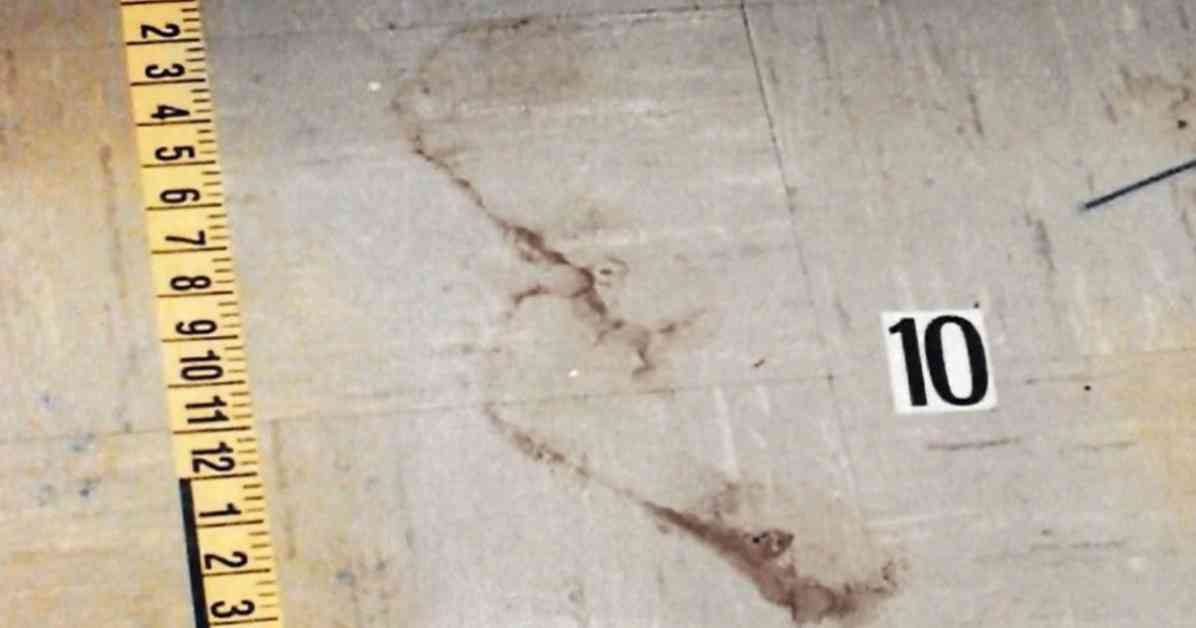In a shocking turn of events on June 13, 1993, the Minneapolis police were faced with a gruesome murder scene at an apartment complex where 35-year-old Jeanie Childs was found dead. With over 60 stab wounds, her body was partially hidden under her bed, surrounded by blood spatter across the walls and floor. The investigators were taken aback by a rare clue in the bedroom – bloody, bare footprints. Retired forensic scientist Bart Epstein expressed his surprise, stating, “You don’t see this at crime scenes in general, bare feet that have stepped in blood.” The footprints were crucial in identifying the killer as Childs was wearing socks at the time of her death, indicating that the perpetrator left the footprints in her wet blood after the murder.
Years passed without any leads on the individual responsible for Childs’ murder, until forensic scientist Andrea Feia discovered an unknown DNA profile repeatedly present on various items from the crime scene in 2015. Turning to investigative genetic genealogy, investigators eventually found a potential match to businessman and hockey dad Jerry Westrom. By collecting a napkin and food container Westrom used at his daughter’s hockey game, authorities confirmed his DNA matched the one found at the crime scene. In February 2019, Westrom was arrested for Childs’ murder, despite denying any involvement during his police interview. However, there was still other male DNA at the scene that did not belong to Westrom, leading to further investigation regarding the footprints left at the apartment.
To confirm the footprints belonged to Westrom, Mark Ulrick from the Minneapolis Police Forensic Division examined the friction ridge skin unique to each individual. Despite Westrom’s DNA linking him to the crime scene, it was crucial to verify the footprints as there were other male DNA traces present. Westrom’s defense team hired forensic scientist Alicia McCarthy to review the findings, raising questions about the accuracy of the footprints’ comparison. The experts’ conclusions on the footprints’ significance remain a pivotal aspect in the case, shedding light on the truth behind Childs’ murder.
Maybe it’s just me, but it seems like the bare footprints left at the crime scene hold the key to unraveling the mystery surrounding Jeanie Childs’ tragic death. With forensic evidence pointing towards Jerry Westrom as a potential suspect, the investigation took a new turn after years of uncertainty. The presence of unknown DNA profiles and the meticulous examination of the footprints added layers to the case, raising doubts and complexities that needed to be addressed. As the truth slowly emerges from the shadows, the role of forensic science and genetic genealogy in solving cold cases like Childs’ murder becomes increasingly significant in delivering justice to the victims and closure to their families.






















